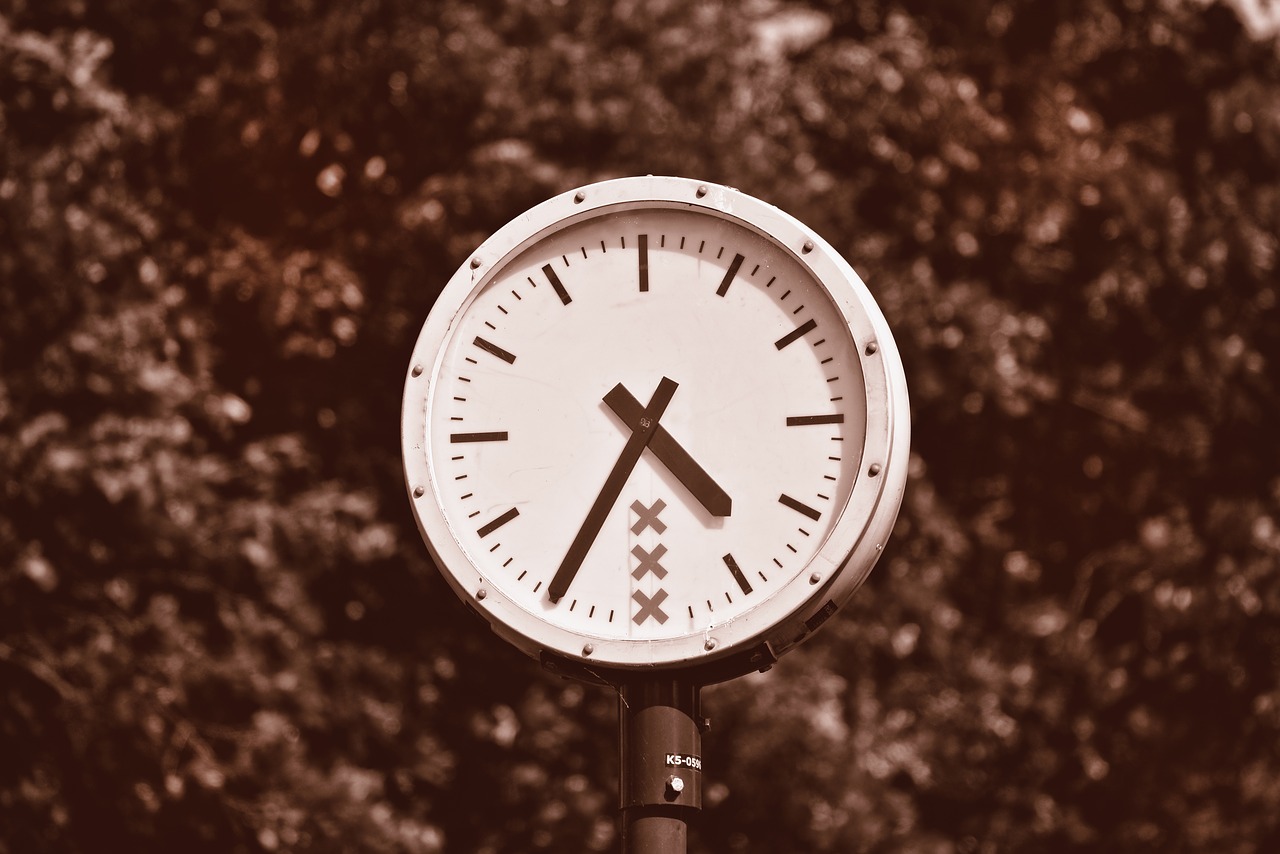16:8 diet

To lengthen thy life, lessen thy meal.
Benjamin Franklin
I’m following the 16:8 diet (again), which means eating all your meals within an eight-hour window. While I’d love to take off a few kilos of my post-pandemic weight, I’m more interested in the fasting part. If there’s anything I’ve taken away from all the diet books I’ve read, it’s that fasting is good for you. Not only does it shift your metabolism towards fat burning and lower insulin levels, but there’s also something zen-like about it. When your mind’s not constantly thinking about snacks or the next meal, you can really concentrate on stuff.
From a diabetes point of view, it makes sense to eliminate variables where you can. I now have two meals instead of three, which means one meal less to dose insulin for. With that comes less margin for error and more stable blood sugar.
I played with the thought of the one meal a day diet, but I don’t think it’s suitable for type 1 diabetics. First off, I’ve noticed strange blood sugar spikes can happen when you don’t eat for very long periods. It might be that your liver thinks you’re starving and adds some extra glucose to save you. More importantly, you’d have to dose all your bolus insulin for one meal, which could be problematic. The body requires at least 0.8g protein/ day/ kg of body weight, and you’d need to eat all that protein in one sitting. In my case, it’s 50g of protein, which means a lot of insulin.
While dosing insulin for protein is more predictable than dosing insulin for carbohydrates, you lose accuracy at higher numbers. I prefer to eat around 30g of protein, so it makes more sense to split it between two meals. Now I have a no-carb breakfast (two eggs and 50g of cheese), followed by some meat and veg, and enjoy the zen of fasting.